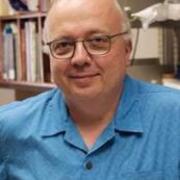Biology
The DeSimone lab seeks to uncover mechanisms responsible for the regulation of cell adhesion and migration, the emergence of collective cell movements, and the sculpting of tissues – hallmark features of morphogenesis. Nowhere is the importance of these linked processes better illustrated than at the onset of vertebrate gastrulation when progressively differentiated communities of cells initiate a dramatic series of rearrangements that culminate in the segregation of germ layers and establishment of the vertebrate body plan. As these events unfold, the cells and tissues involved generate mechanical forces that are borne by both cell-cell (e.g., cadherin) and cell-ECM (e.g., integrin) adhesions. The spatial juxtaposition of simultaneous morphogenetic processes in the embryo ensures that any one tissue is subject to forces generated locally and at a distance. We are attempting to link this ebb and flow of mechanical signals to the emergence of specific behaviors of cells or groups of cells in vivo. Progress in this area promises to reveal fundamental principles of normal development operating at multiple levels of organization.


